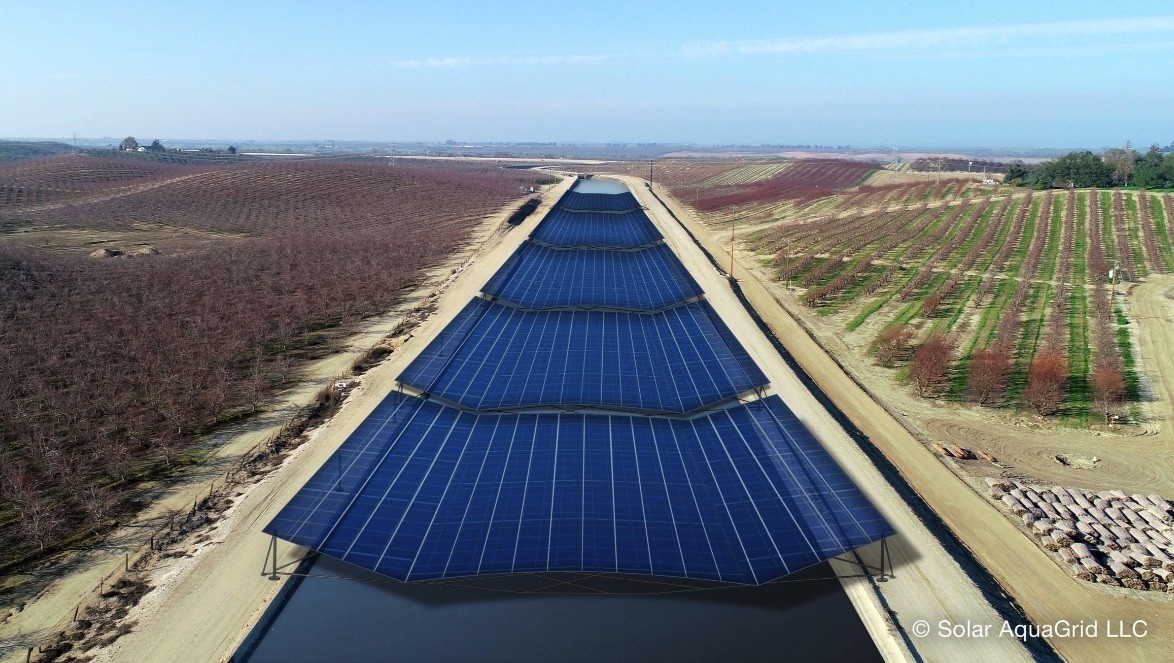5 smart renewable energy innovations
Fast and effective renewable energy innovation is critical to meeting climate goals.
Image: REUTERS/Nathan Frandino
Stay up to date:
Tech and Innovation
Listen to the article
This article was first published on 16 May 2023 and was updated on 21 September 2023.
- Progress on the global energy transition has seen only "marginal growth" in the past three years, according to a World Economic Forum report.
- Fast and effective renewable energy innovation is critical to meeting climate goals.
- Here are five solutions that could help countries meet emissions targets.
The need for renewable energy innovation has never been greater.
In its 2023 report, Fostering Effective Energy Transition, the World Economic Forum says that 95% of countries have improved their total Energy Transition Index score over the past decade, but there has been only "marginal growth" in the past three years.
How is the World Economic Forum fighting the climate crisis?
Greenhouse gas emissions need to be almost halved by 2030 if warming is to be limited to 1.5°C, warns the Intergovernmental Panel on Climate Change in its Sixth Assessment Report.
So, it’s encouraging that innovators continue to pioneer fresh approaches that are making the goal of switching the world to renewable energy more achievable. Here are five such energy innovations.
Solar and wind power working together
It’s tempting to think that renewable energy installations need to be either solar or wind powered. But French start-up Unéole has come up with a small-scale, easy to install solution that uses sun and wind power in a single unit.
Designed to be used on the flat roofs of offices and apartment buildings, the platform uses multiple wind turbines under a photovoltaic roof to create a silent solution that produces 40% more energy than a pure solar system and can generate power round the clock.
These turbines never turn
Wind power doesn’t have to mean huge turbines. A US start-up has invented a system that uses three-metre tall wind generators with no external moving parts. Sitting on the edge of roofs, Aeromine uses the natural airflow up the front of the building to generate power.
The system’s aerodynamic fins guide fast-rising air past an internal turbine, which the company claims produces 50% more power than other sustainable options. Combined with rooftop solar and battery storage, it can meet 100% of a building’s needs, the company says.
Solar canals
California is prone to droughts. The first 22 years of this century were the state’s driest period since the year 800, prompting fears of a megadrought. The problem has been made more acute because the state’s water distribution system uses open canals.
Start-up SolarAquaGrid is trialling a scheme to roof over the canals with solar panels generating power and cutting evaporation. If all 6,400 km of the state’s canals were fitted, it’s forecast to save 283 billion litres of water a year and generate power for 9.4 million homes.
Solar power windows

The windows in the image above are also solar panels. This transparent renewable energy source has been developed by California-based Ubiquitous Technology which says it could revolutionize solar power.
The glass is treated to allow visible light, what we see, to pass through it while absorbing and converting invisible ultraviolet and infrared light into electricity. The company says the solar windows can generate up to 30% of a building's power needs.
Making water from air
With water scarcity likely to be an issue for two-thirds of the world's population by 2025, finding alternative sources is vital. US start-up Source is providing one option. It has created off-grid "hydropanels" that can turn air into water.
Fans inside the panels pull water vapour out of the air, which in turn is turned into liquid water that can be mineralized ready for use as drinking water.
One hydropanel could eliminate the need for 54,000 single-use plastic water bottles over its 15-year lifespan, the company says.
So far, Source has installed panels in 50 countries and has projects under way to provide water in hard-to-reach areas.
Accept our marketing cookies to access this content.
These cookies are currently disabled in your browser.
Don't miss any update on this topic
Create a free account and access your personalized content collection with our latest publications and analyses.
License and Republishing
World Economic Forum articles may be republished in accordance with the Creative Commons Attribution-NonCommercial-NoDerivatives 4.0 International Public License, and in accordance with our Terms of Use.
The views expressed in this article are those of the author alone and not the World Economic Forum.
Related topics:
Forum Stories newsletter
Bringing you weekly curated insights and analysis on the global issues that matter.
More on Forum InstitutionalSee all
World Economic Forum
May 16, 2025
Victoria Masterson, Stephen Hall and Madeleine North
March 25, 2025
Lorez Qehaja
March 19, 2025







